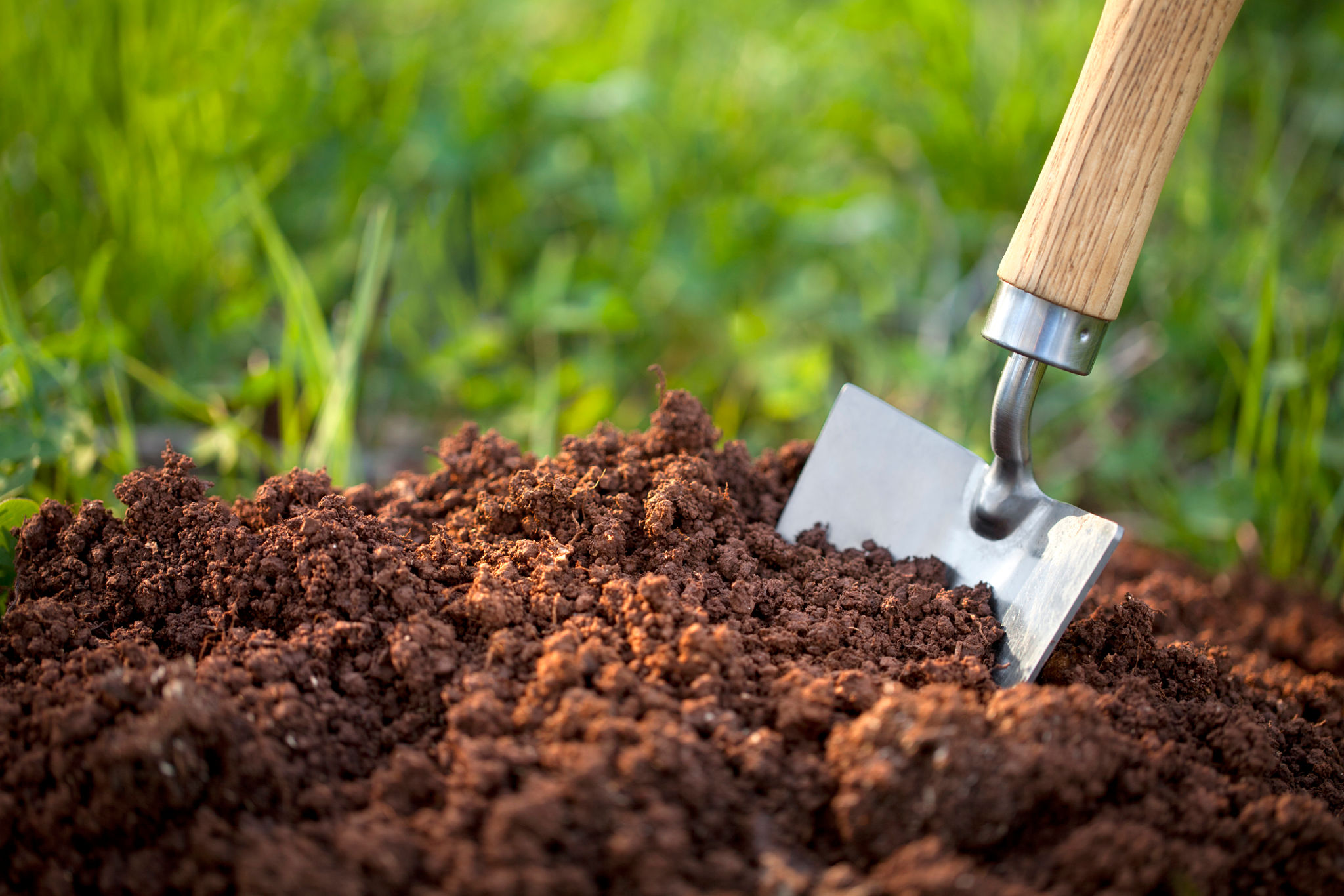The Ultimate Guide to Xeriscaping in Dubai's Arid Climate
MA
Understanding Xeriscaping
In the arid climate of Dubai, traditional gardening can be a challenge due to limited water resources. This is where xeriscaping comes into play. Xeriscaping is a landscaping method designed to reduce or eliminate the need for irrigation. By utilizing drought-resistant plants and efficient design, xeriscaping not only conserves water but also maintains an aesthetically pleasing garden.
Xeriscaping is especially relevant in regions like Dubai, where water conservation is crucial. It involves planning and maintaining landscapes in ways that naturally reduce water usage, making it an ideal solution for sustainable landscaping in desert environments.
Benefits of Xeriscaping
The benefits of xeriscaping extend beyond just water conservation. For one, it significantly reduces maintenance efforts. With fewer watering needs, you decrease time spent on plant care. Additionally, xeriscaped gardens often require less fertilizer and pesticide use, contributing to a more eco-friendly environment.
Moreover, xeriscaping can lead to financial savings. By cutting down on water usage and maintenance costs, homeowners and businesses alike can see reduced utility bills and lower upkeep expenses. Plus, xeriscaped gardens are resilient to extreme weather conditions, ensuring year-round beauty.
Choosing the Right Plants
One of the key components of successful xeriscaping is selecting the right plants. Opt for native or drought-resistant species that thrive in dry conditions. In Dubai, some excellent choices include succulents, cacti, and Mediterranean herbs like lavender and rosemary.

Consider incorporating a variety of plant textures and colors to create visual interest without relying on water-intensive features. Grouping plants with similar water needs together can further enhance water efficiency in your landscape design.
Soil Preparation and Mulching
Preparing the soil properly is crucial in xeriscaping. Ensure your soil has good drainage to prevent waterlogging, which can harm drought-tolerant plants. You might need to amend sandy or clay soils with organic matter to improve their structure and water retention capabilities.

Mulching is another important practice in xeriscaping. Applying a layer of mulch around your plants helps retain soil moisture, suppress weeds, and regulate soil temperature. Organic mulches like bark or straw can decompose over time, adding nutrients back into the soil.
Efficient Irrigation Techniques
Though xeriscaping aims to minimize irrigation, some watering is still necessary, especially during plant establishment periods. Drip irrigation systems are highly effective as they deliver water directly to the plant roots, reducing evaporation and waste.
Watering in the early morning or late evening can also help minimize evaporation losses. Monitoring weather conditions and adjusting your irrigation schedule accordingly ensures that your plants receive optimal care with minimal water use.
Creating a Sustainable Landscape
Xeriscaping is not just about plant selection; it's about creating a holistic landscape that works in harmony with the natural environment. Incorporate hardscapes like rocks, gravel, and decorative stones to add structure and reduce lawn areas that require frequent watering.

Consider rainwater harvesting techniques to further enhance sustainability. Collecting and storing rainwater for irrigation purposes can be a valuable resource in maintaining your xeriscaped garden during dry spells.
Conclusion
Embracing xeriscaping in Dubai's arid climate offers numerous advantages for both the environment and property owners. By choosing drought-resistant plants, preparing the soil effectively, and implementing efficient irrigation systems, you can create a beautiful and sustainable landscape that thrives with minimal water use.
With careful planning and consideration of Dubai's unique climate conditions, xeriscaping can transform any outdoor space into a lush, eco-friendly oasis.
